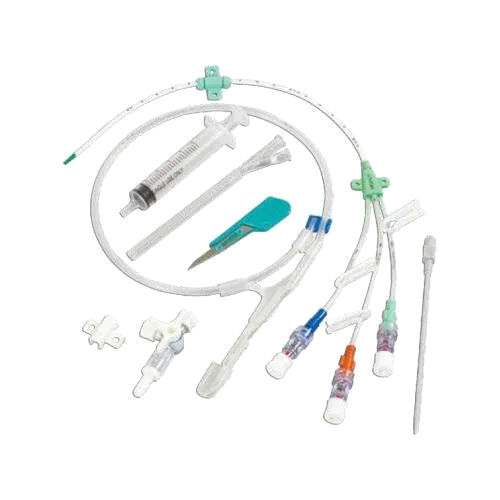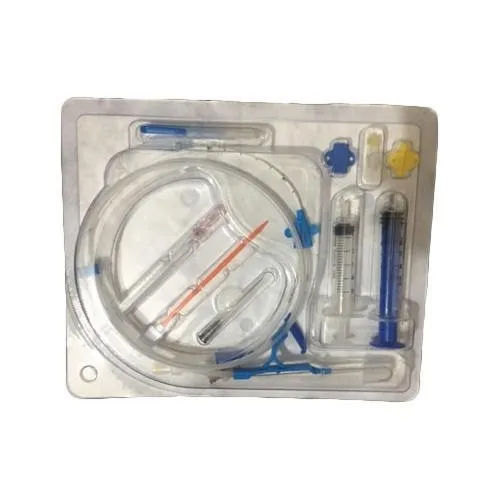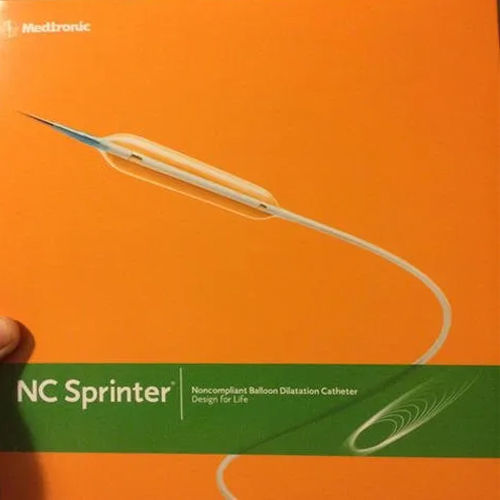IABP Balloon Catheter
Product Details:
- Equipment Type IABP Balloon Catheter
- Material Plastic
- Condition New
- Use Hospital
- Power Source Manual
- Color White
- Click to View more
IABP Balloon Catheter Price And Quantity
- 45000 INR/Piece
- 50 Piece
IABP Balloon Catheter Product Specifications
- Manual
- White
- Plastic
- IABP Balloon Catheter
- Hospital
- New
IABP Balloon Catheter Trade Information
- 10000 Piece Per Week
- 4 Days
Product Description
IABP Balloon Catheter is utilized for patients suffering from acute myocardial infarction as well as cardiogenic shock. This balloon based catheter is inserted into the artery and is then inflated in order to raise arotic pressure need for improved flow of blood to the heart. IABP Balloon Catheter also comes in handy for providing support to patients of hypertrophic cardiomyopathy. IABP Balloon Catheter is well known for its kink resistant balloon design, good maneuverability, accessibility in sterilized form and cost effectiveness. Its plastic based content is recyclable. It is offered at reasonable rate from us.
Product details
|
Capacity |
25 cc |
|
Size/Dimension |
Linear 7.5 Fr |
|
Packaging Type |
Box |
|
Material |
PTFE |
|
Shape |
Straight-Single, 3-Way Foley, 2-Way Foley |
|
Size |
Medium |
|
Brand |
MAQUET |
|
Disposables |
Yes |
|
Usage/Application |
Hospital |
Frequently Asked Questions
Q: An IABP balloon catheter is what?
A: A long, flexible tube (catheter) with an inflating balloon attached to its tip makes up an IABP balloon catheter, a specialised piece of medical equipment. It is positioned close to the heart and put into the aorta, the biggest artery in the body.
Q: How does the IABP balloon catheter work?
A: The balloon is inflated and deflated in time with the patient's heartbeat. The pressure in the aorta rises as the balloon expands, improving coronary artery blood flow and lessening the strain on the heart. The heart may expel blood more effectively when the balloon deflates.
Q: When would one use an IABP balloon catheter?
A: Critically ill patients with certain cardiac diseases, such as myocardial infarction (heart attack), cardiogenic shock, unstable angina, or during high-risk cardiac surgeries, are frequently treated using IABP balloon catheters. It is seen as a stopgap strategy to keep patients stable while additional treatments are sought out.
Q: How is a balloon catheter for an IABP inserted?
A: A cardiac catheterization lab or operating room is commonly used for the installation of an IABP balloon catheter. In order to access a blood vessel, typically the femoral artery, a tiny incision is made in the groyne or wrist. Under X-ray guidance, the catheter is then moved into the aorta after being threaded into the blood vessel.
Q: What dangers and issues are connected to IABP balloon catheters?
A: Although the installation of an IABP balloon catheter is generally regarded as safe, there are some possible risks and consequences. Aortic dissection, infection, blood vessel injury, embolisation of plaque or blood clots, limb ischemia (loss of blood supply to the leg), and ballooning are a few examples of these.







